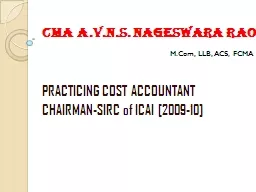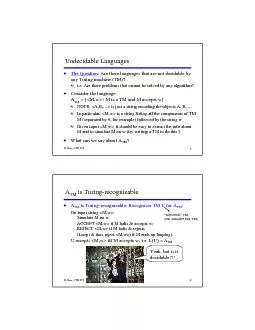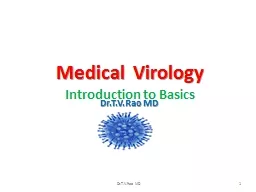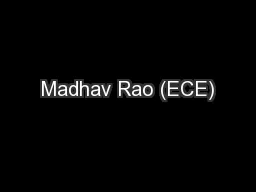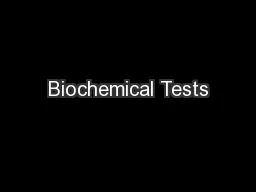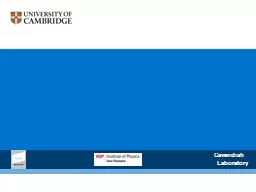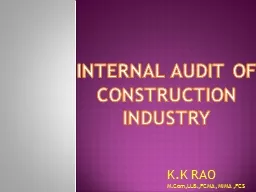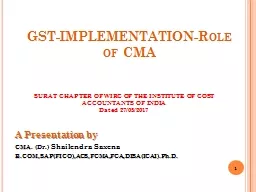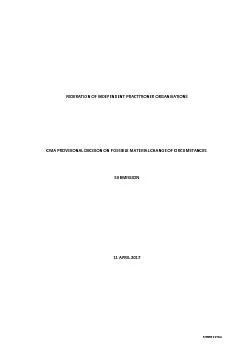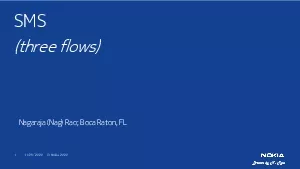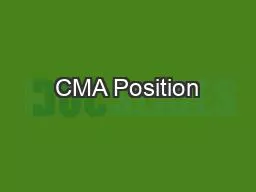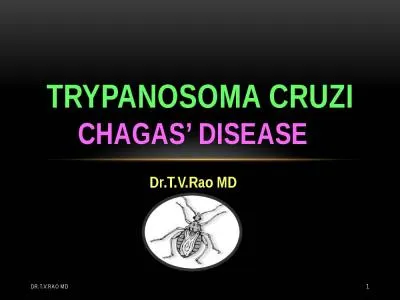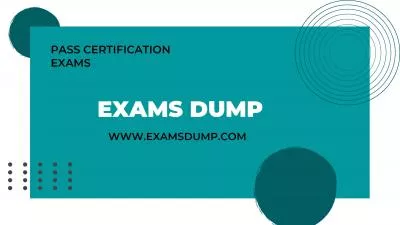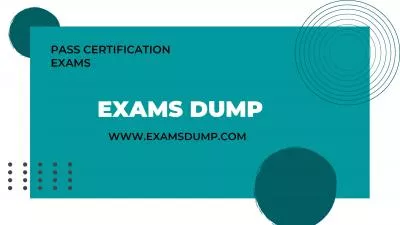PPT-CMA A.V.N.S. NAGESWARA RAO
Author : lindy-dunigan | Published Date : 2017-03-20
MCom LLB ACS FCMA PRACTICING COST ACCOUNTANT CHAIRMANSIRC of ICAI 200910 Cost Auditing Standard 101 Planning an Audit of Cost Statements Requirements
Presentation Embed Code
Download Presentation
Download Presentation The PPT/PDF document "CMA A.V.N.S. NAGESWARA RAO" is the property of its rightful owner. Permission is granted to download and print the materials on this website for personal, non-commercial use only, and to display it on your personal computer provided you do not modify the materials and that you retain all copyright notices contained in the materials. By downloading content from our website, you accept the terms of this agreement.
CMA A.V.N.S. NAGESWARA RAO: Transcript
Download Rules Of Document
"CMA A.V.N.S. NAGESWARA RAO"The content belongs to its owner. You may download and print it for personal use, without modification, and keep all copyright notices. By downloading, you agree to these terms.
Related Documents

